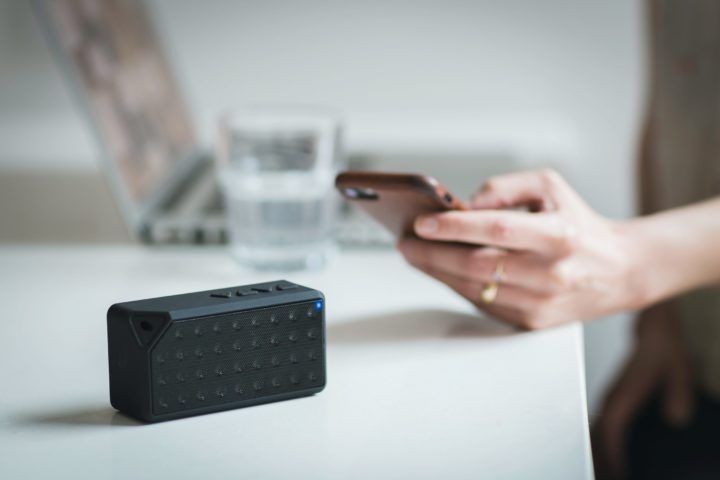The following contribution is from another author.
In today’s fast-paced digital age, the concept of home has transformed into something more than just four walls and a roof. Thanks to the rapid evolution of home automation, it has become a dynamic and interconnected space. From thermostats that learn your preferences to voice-activated assistants that control your lights, modern homes have embraced the convenience and efficiency of smart technology.
However, with this technology integration into our homes, safeguarding our data has become paramount. This article explores the importance of protecting your data in a home automation environment and provides practical tips to keep your digital sanctuary secure without overwhelming technical jargon. Let’s dive in.
Understanding the Risks
Before delving into ways to protect your data, it’s crucial to understand the potential risks associated with home automation. While smart devices make our lives more convenient, they also introduce vulnerabilities that malicious actors can exploit. Some common risks:
Data Breaches
Smart devices collect data about your habits, preferences, and sometimes even personal information. If not properly secured, this data could be exposed to hackers.
Unauthorized Access
Weak passwords and inadequate security measures can allow unauthorized individuals to gain control of your smart devices, potentially compromising your privacy.
Device Vulnerabilities
Manufacturers regularly release updates and patches to fix security vulnerabilities. Failing to update your devices leaves them open to exploitation.
Privacy Concerns
Smart home devices may inadvertently record conversations or activities, raising privacy concerns.
Now that we’ve identified the risks, let’s explore how to protect your data effectively in a home automation environment.
1. Secure Your Wi-Fi Network
Your home’s Wi-Fi network is the foundation of your smart home. Ensure it’s well-protected with a robust and unique password. Avoid using default passwords with routers, as they are easy for hackers to guess. Additionally, consider using WPA3 encryption, the latest and most secure encryption standard available for Wi-Fi networks. Regularly update your router’s firmware to patch security vulnerabilities, and create a separate network for your smart devices to isolate them from your primary network, adding an extra layer of security.You can also take the help of professionals offering home Wi-Fi support & troubleshooting.
2. Choose Secure Devices
When adding new smart home security system to your home, prioritize those from reputable manufacturers with a track record of prioritizing security. Check for devices that receive regular software updates and have robust security features.
3. Regularly Update and Patch Devices
Frequently update the firmware and software of your smart devices. Manufacturers release updates to address security issues and improve functionality. Set your devices to update automatically if the option is available, or make it a routine to check for updates manually.
4. Implement Strong Passwords
Passwords are your first line of defense against unauthorized access. Avoid using easily guessable passwords like “123456” or “password.” Create unique, complex passwords for each smart device. Consider using a password manager to keep track of your credentials securely.
5. Enable Two-Factor Authentication (2FA)
Whenever possible, enable two-factor authentication on your smart devices and accounts. 2FA adds an extra layer of security by requiring you to provide a secondary authentication method, such as a text message or a fingerprint, in addition to your password.
6. Protect Your Data
Review the privacy settings on your smart devices and apps. Limit the amount of data you share and turn off any unnecessary features that may collect sensitive information. Be cautious when granting permissions and access to third-party apps.
7. Secure Voice Assistants
Voice-activated assistants like Amazon’s Alexa and Google Assistant can be convenient but also raise privacy concerns. Review your voice assistant’s privacy settings, and regularly delete voice recordings if you’re uncomfortable with them being stored.
8. Secure Physical Access
Remember the physical security of your smart devices. Please keep them in secure locations to prevent tampering or theft. For instance, if you have security cameras, place them in areas that cover entry points and ensure they are well-protected against vandalism.
9. Regularly Audit Your Devices
Perform regular security audits of your smart home devices. Ensure that you’re still using all of them and that they remain up to date. Remove any devices or apps that you no longer use to minimize potential vulnerabilities.
10. Consider Professional Tech Support Services
If you need more clarification about the technical aspects of securing your smart home, consider seeking professional tech support services. These experts can assess your home automation environment and provide tailored solutions to enhance security while ensuring everything runs smoothly.
Conclusion
In a world where innovative technology is becoming integral to our daily lives, protecting your data in a home automation environment is essential. By following the practical steps outlined in this guide, you can enjoy the benefits of a smart home while maintaining your privacy and security.
Remember, safeguarding your digital sanctuary is an ongoing process. Stay vigilant, keep your devices updated, and be mindful of the data you share. With the right precautions, you can enjoy the convenience of home automation without compromising your security or privacy. Your home should always be a place of safety, both in the physical and digital realms.
















